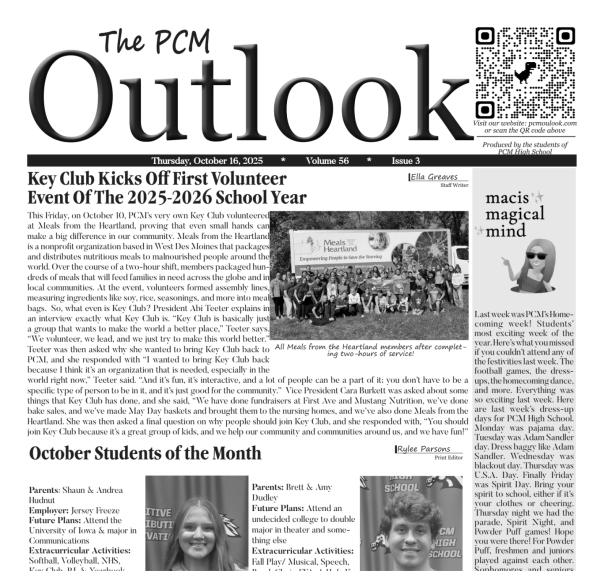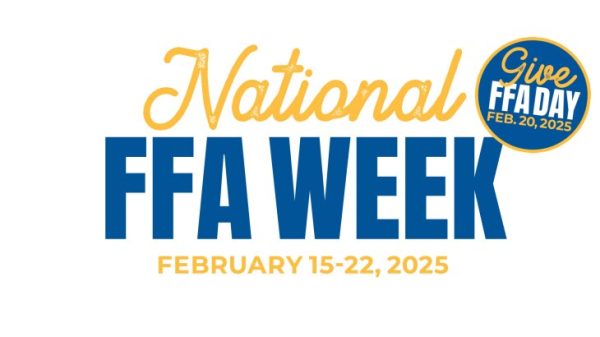Guns, drugs, and abortions: the wild world of online gray markets

The Logo associated with the silk road website pictured on a yellow background. Edited by Justin Hall
On October 2, 2013, Ross Ulbricht was arrested for the distribution of narcotics, engagement in a criminal enterprise, conspiracy for computer hacking and conspiracy to commit money laundering among other charges. After two years of trials, he was sentenced to a double life sentence plus forty years. For the general public, this arrest may not have been the story of the year, but for those who had heard of him, his downfall was either a long-awaited victory or a signal toward certain doom.
Ulbricht was the man who owned and operated an online marketplace known as the silk road. Named after a series of ancient routes between Asia and Europe, the silk road was a website in which people could buy and sell a number of different goods. These included a variety of things, such as computer equipment, lab supplies, books and art, as well as more illicit goods; things like illegal narcotics or forged documents. In order to ensure that payments were secure and were not at risk of revealing either suppliers or buyers, purchases were made via bitcoin that would then be withdrawn and exchanged for standard fiat currency. In fact, at the time this was one of the dominant uses for the now infamous cryptocurrency. For the period it was open, the silk road lived in infamy. Sometimes called “the eBay for drugs,” the site soon became very well-trusted among its users and remained so all the way up until its demise.
Following Ulbricht’s arrest, the silk road website was confiscated by the FBI and was promptly closed. To this day, it remains closed, its operators have all been incarcerated, and there is little reason to think that it will come back, at least not in the form it once was.
What is incredibly fascinating about Ulbricht though, is that he believed he had noble intentions. In his black market business, he genuinely thought he was making the world a better place; In fact, he ran the website with a strict moral code. He wanted these goods to become accessible not just so that he would make money off of the purchases, but so that these otherwise illegal goods could be accessed by a larger population and so that individuals would have the right to choose whether they would partake in them. Furthermore, things that Ulbricht perceived as actually harmful – weapons, assassinations or child pornography – were strictly prohibited from being sold.
Despite the fact that the silk road is now long closed, the spirit of what Ulbricht set out to do is still actively being followed and pursued by a great many.
In 2022, following the overturning of Roe v. Wade by the supreme court, a number of states quickly enacted laws to outlaw abortion. Noticing this, other states enacted safe harbor laws in retaliation in order to protect both individuals who entered their state from elsewhere and got an abortion, as well as the doctors who performed such abortions.
Springing out of this legal mess were a large number of websites offering abortion pills to women in states that had made abortion in any and all forms totally illegal. Depending on one’s perspective on the issue, these sites either provided necessary services to individuals who were in need, or they perpetuated some great evil.
Across the internet, there is no shortage of websites offering various prescription drugs. While many do so entirely legally, a great number of them operate separately from the standard healthcare system; selling all manner of prescription and non-prescription drugs to the people looking to buy them without any check for a prescription or legality. The products offered often range the gamut from well-established pharmaceuticals which may be difficult to acquire, to illegal substances like psychedelics or Rohypnol. This even includes more pseudo-scientific options like homeopathy or any number of questionable “cancer treatments.” A few even have entire sections dedicated to the now controversial drug class of opioids.
While they are often incredibly shady, and typically offer a number of less-than-legal drugs, especially given the high price of care in the United States, these websites can provide a cheaper alternative for individuals unable to visit a medical professional or unable to afford the regularly absurd inflated cost of pharmaceuticals.
These websites are also often talked about in the trans community. This is especially true for countries like the UK where wait times that stretch on for several years and a health service actively working against its citizenry have made access to various forms of HRT nearly impossible to acquire through legitimate means. Because of that, their use has become a necessary evil for a large number of trans people. There have even been websites, like dither.cafe, which compile various different sellers and give information about their reliability and the drugs being sold on them.
Over the last several years a small niche of people have begun to design and manufacture 3D printable guns. While typically some non-3D printed components are still required to make the firearm fully functional, these can typically be acquired for fairly cheap from internet sellers or salvaged off of other objects.
A number of different websites have cropped up in which users can share their gun designs and print the designs of others. Chief among these is DEFCAD, which hosts hundreds, if not thousands of different gun designs, 3D printable weapons and other paraphernalia, the vast majority of which are entirely free to use.
While the people producing 3D-Printed guns now are mostly hobbyists creating the guns merely for the love of the craft, It’s hard to escape the feeling that these guns are a ticking time bomb. Much like with other gun control laws, it is often the people who possess them that pose a greater risk than the weapons themselves, but with the files being openly available, and the cost of 3D printing getting lower and lower each year, there is nothing stopping someone with malintention from building these guns.
At least in the United States, the creation of a 3D-printed gun is perfectly legal. There is nothing stopping one from building one aside from their own enthusiasm for doing so and basic skill with a 3D printer. Outside of the United States though, this is often a very different story; these 3D-printed guns have been found and confiscated in a number of countries across the world where such firearms are in fact unquestionably illegal.
Each of these exemplify what is called a gray market. Where standard markets are expressly legal, and black markets are illegal, gray markets occupy an awkward in-between place. In gray markets, typically the goods being sold are in one way or another already either legal or at least partially legal but have restrictions on how they can be distributed to the population
Often there are laws in place that should theoretically prevent these from cropping up, but these are regularly overturned or difficult to enforce. Especially in the modern day, the tools and files to set up a gray market firm or produce a good are freely available and as many people have already learned, once something is on the internet it is nigh impossible to remove it from the internet. In this sense, the proverbial pandora’s box for these goods has already been opened, and closing it would likely be both a costly and fruitless endeavor.
Cody Wilson was the first person to create a 3D printable gun and is currently the operator of the aforementioned DEFCAD. During a brief interview with VICE for their documentary I 3D printed a Glock to See How Far Homemade Guns Have Come, Wilson was asked how the government would have to respond to the inception of 3D-printed guns should they decide to.
“The government should have invented a time machine and killed me 7 years ago,” he responded.
As the internet has entered our lives, at a rapidly increasing rate, we are beginning to see the full scope of how it is actively reshaping our global society; During the pandemic, online communities were able to help people survive together despite the limitations placed upon in-person interaction. The rise of modern social media has often been linked to increased rates of depression and mental health issues among children, teens, and young adults. The emergence of near-instant long-distance conversation has meant that people are now able to talk to each other and maintain meaningful relationships for years even thousands of miles away from each other. Political disinformation and radicalization stemming from insulated internet communities have led to a noticeable increase in political polarization as demagogues have actively eroded our institutions. Among all that internet gray markets have both made potentially lifesaving goods readily available to portions of the population for whom they had been previously inaccessible while making regulation and safety protocols for such goods increasingly difficult. It is impossible to say for certain if all this adds up to a net positive or negative, but ultimately little could actually be done at this point to change how the internet has radically altered our lives. It is just up to us to decide how to adapt to the new world we find ourselves within.

I’m Justin Hall and this is my first year doing Journalism. My work here often focuses on systemic issues and the stories of the people who face them....





